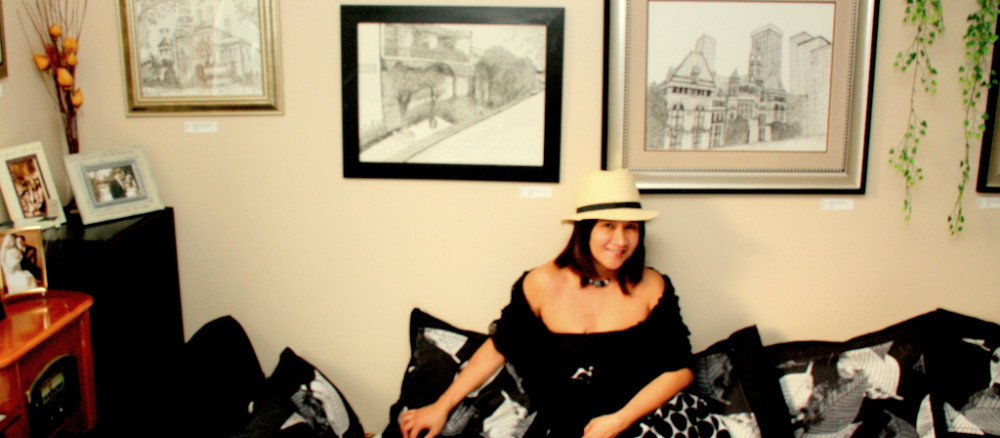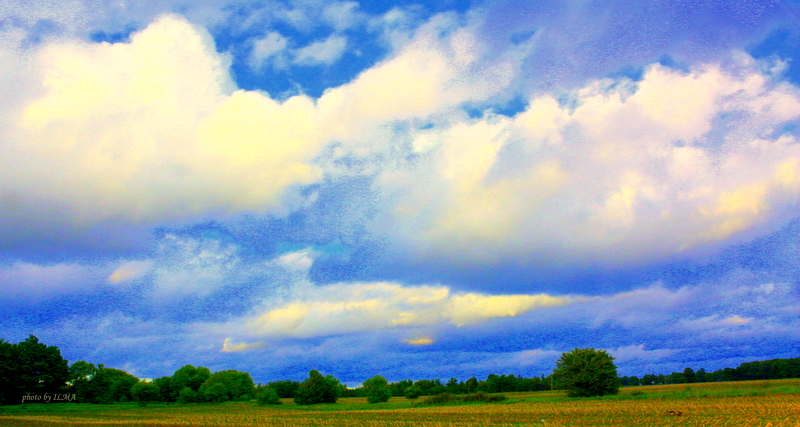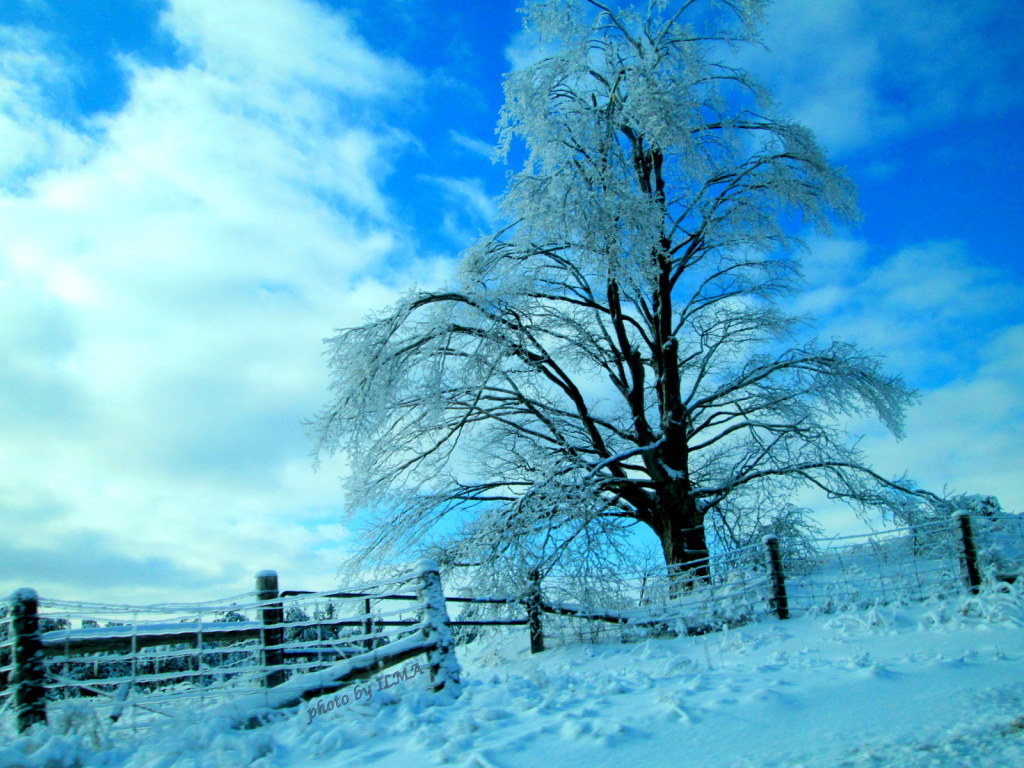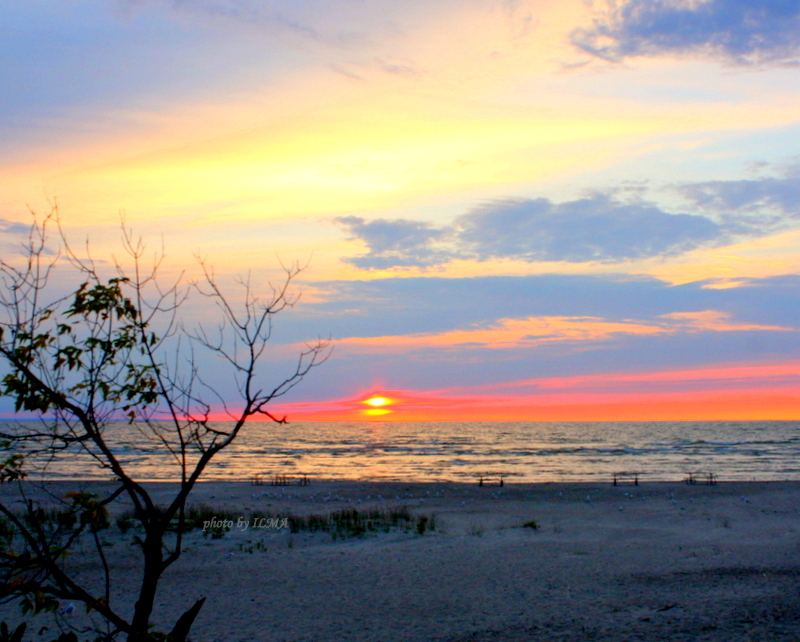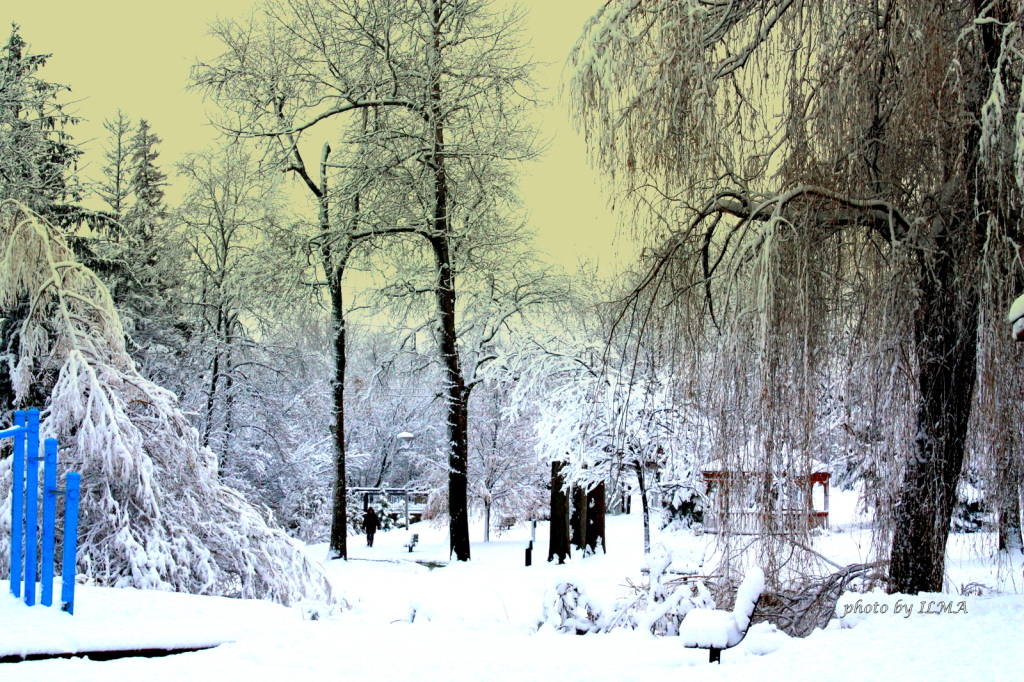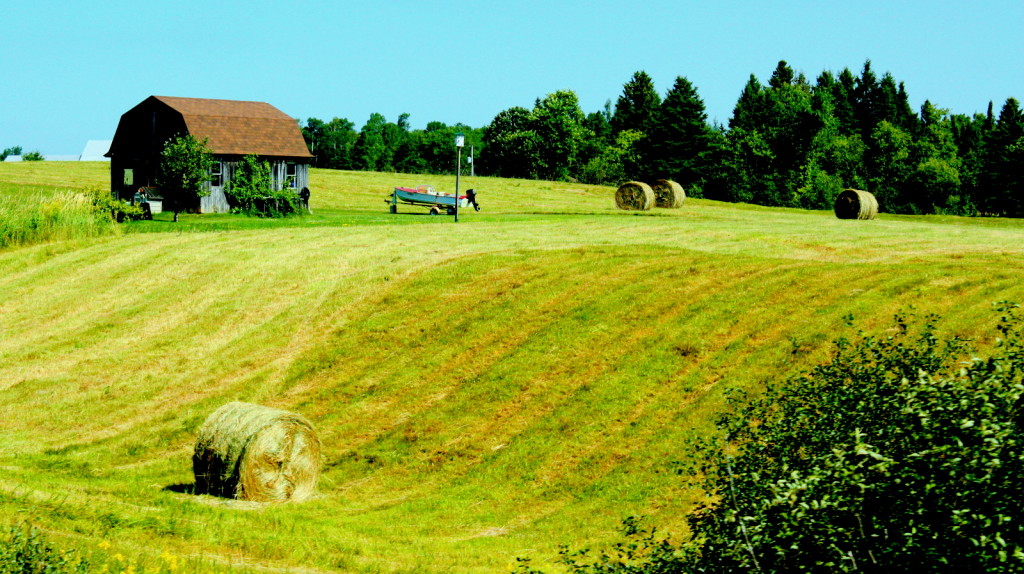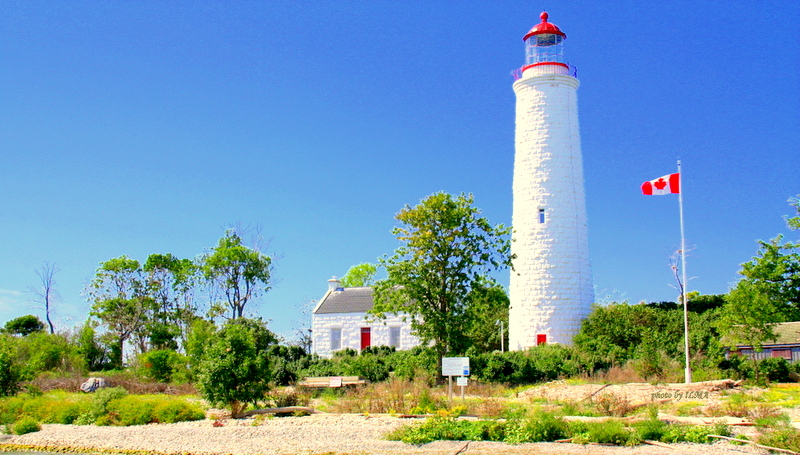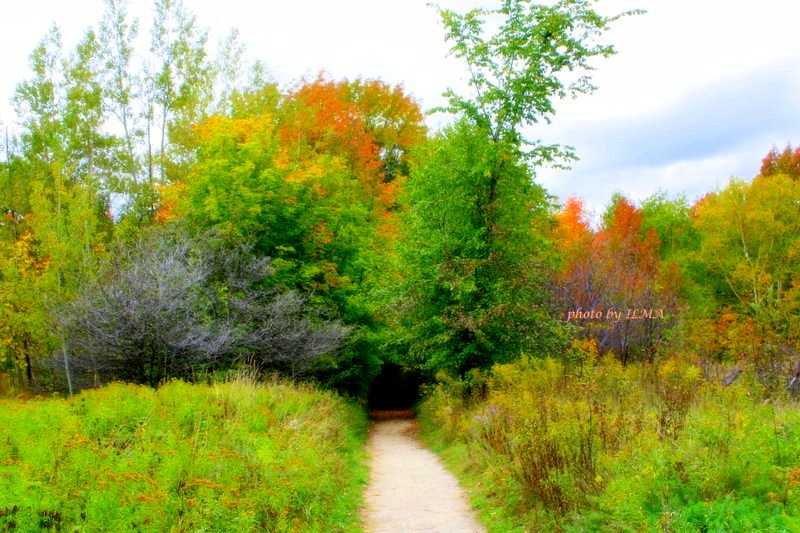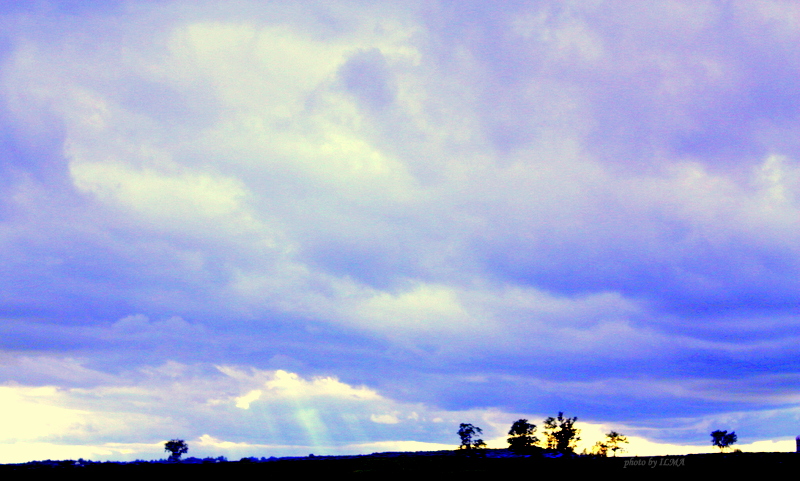January 28
JOHN 6
16 When evening came, his disciples went down to the sea, 17 got into a boat, and started across the sea to Capernaum. It was now dark, and Jesus had not yet come to them. 18 The sea became rough because a strong wind was blowing. 19 When they had rowed about three or four miles, they saw Jesus walking on the sea and coming near the boat, and they were frightened. 20 But he said to them, “It is I; do not be afraid.” 21 Then they were glad to take him into the boat, and immediately the boat was at the land to which they were going. – John 6:16-21
JOHN 6 JESUS APPEASES OUR FEARS
A poem by ILMA inspired by these verses
What are we afraid of that shifts our focus from the Lord?
Is it fear of being unable to live the standards of this world?
Are you frightened that you will be rejected or be unloved?
Or has someone neglected, devalued, abused or abandoned you?
Living in a corrupt world poses many obstacles against love and peace
Take comfort knowing that our Lord watches over us and appeases our fears.
In this account, we witness how the disciples became fearful as the strong wind blew their boat. Aggravating their fear was that they didn’t know where Jesus was. We certainly feel the same way when forces beyond our strength and understanding hit us. We feel like God has abandoned us and we are all alone. We cannot feel his presence because we are so preoccupied by our quest to escape the fear and discomfort that we face.
Notice the shift of the intensity of their fear when they saw Jesus walking on the water. I am wondering if they recognized Jesus right away or were they also fearful who this person was approaching their boat. When we are in panic mode, we can not think of anything else but how scared we are and how overwhelming it is. Our fear turns into anxiety which feels like the gusty wind tossing the water here and there. We get sucked into the vortex of helplessness. The irony is that in the fiercest storms we face, God is always watching over us and allowing us to reach out our hands to him so we can be soothed and calmed down by his strength and loving kindness.
REFLECTION
• How do you react to fearful situations? Do you reach out to God?

